Sarcoma Program
Improving survival rates and treatments for childhood, adolescent and young adult (AYA) sarcomas.
Sarcomas are a rare type of cancer that originate in the connective tissue of the body, including fat, muscle, bone and cartilage. They can develop anywhere in the body and are among the most common types of solid tumours in children.
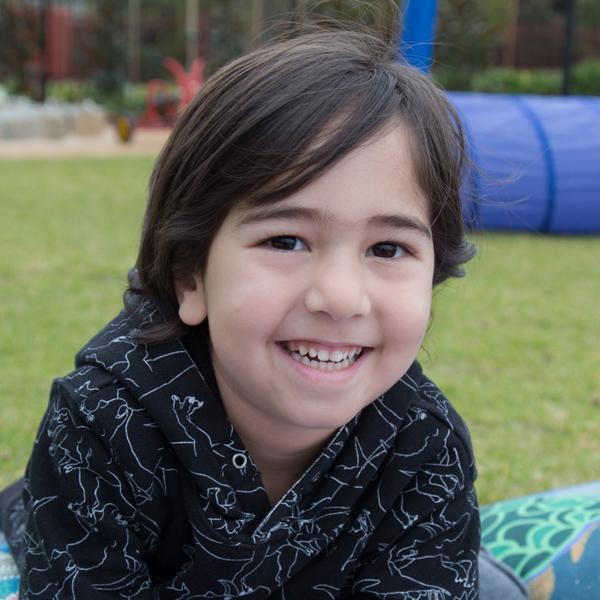
Sarcomas that arise in the bone (osteosarcoma, Ewing’s sarcoma) and muscle (rhabdomyosarcoma) are the most predominant in children. Survival rates for children with sarcomas have remained stagnant for the last four decades. Curative treatment, effective in 70 per cent of patients, often has lifelong negative impacts. Our sarcoma program includes both clinical and discovery research projects utilizing a broad range of patient tissue, in vitro and in vivo preclinical models, and techniques.
The Victorian Paediatric Cancer Consortium (VPCC) Sarcoma program, led by Hudson Institute’s Associate Professor Jason Cain, is focused on finding molecular signatures that predict a child’s response to therapy, their risk of metastasis and their potential survival outcomes. Identifying these factors would enable clinicians to stratify children’s risk in the future, and then adapt therapies to minimise side effects and improve overall outcomes.
Associate Professor Jason Cain is the inaugural My Room Children’s Cancer Charity Fellow and heads up a dedicated My Room Children’s Cancer Charity Research Laboratory at Hudson Institute.
A/Prof Cain leads research mainly on paediatric sarcomas (malignant rhabdoid tumours and osteosarcomas), diffuse midline gliomas and lung adenocarcinoma (LUAD). Learn more about VPCC Sarcoma program.
Our sarcoma research projects
Identification of molecular prognostic and therapy resistance signatures in childhood sarcomas

Targeting the Hedgehog signalling pathway in childhood and adolescent osteosarcoma

Identification of functional pathway dependencies in childhood sarcomas

Improving immune recognition and response to immunotherapy in childhood sarcomas

Define the mechanisms underlying poor response to standard of care therapy in childhood and adolescent osteosarcoma

Team members
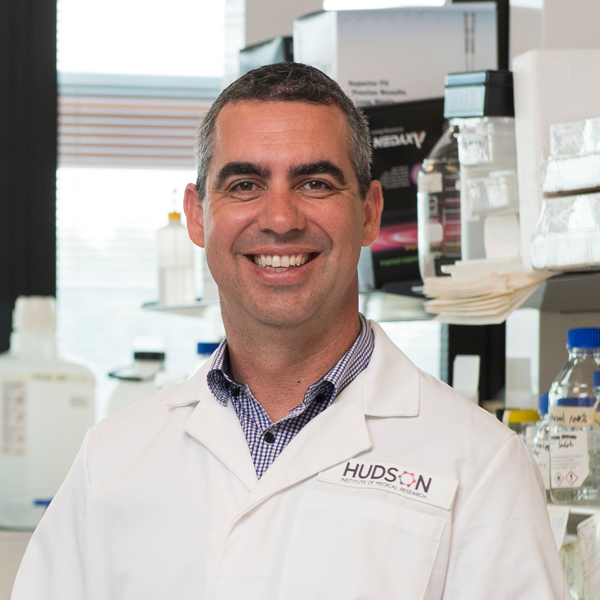
A/Prof Jason Cain
Head, Sarcoma program and Research Group Head, Centre for Cancer Research
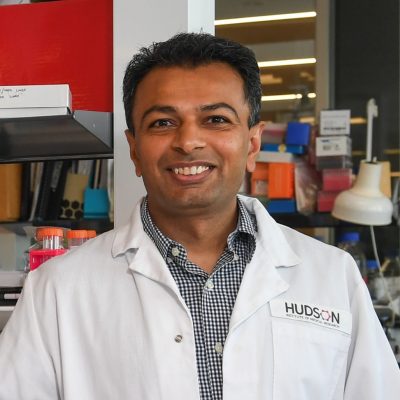
Dr Vijesh Vaghjiani
Postdoctoral Scientist
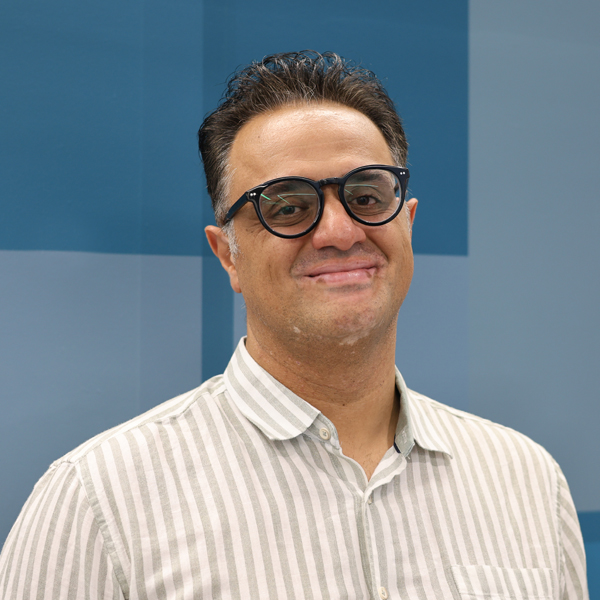
Dr Pouya Faridi
Research Group Head, Centre for Cancer Research

Prof Ron Firestein
Centre Head, Centre for Cancer Research and Co-lead, VPCC
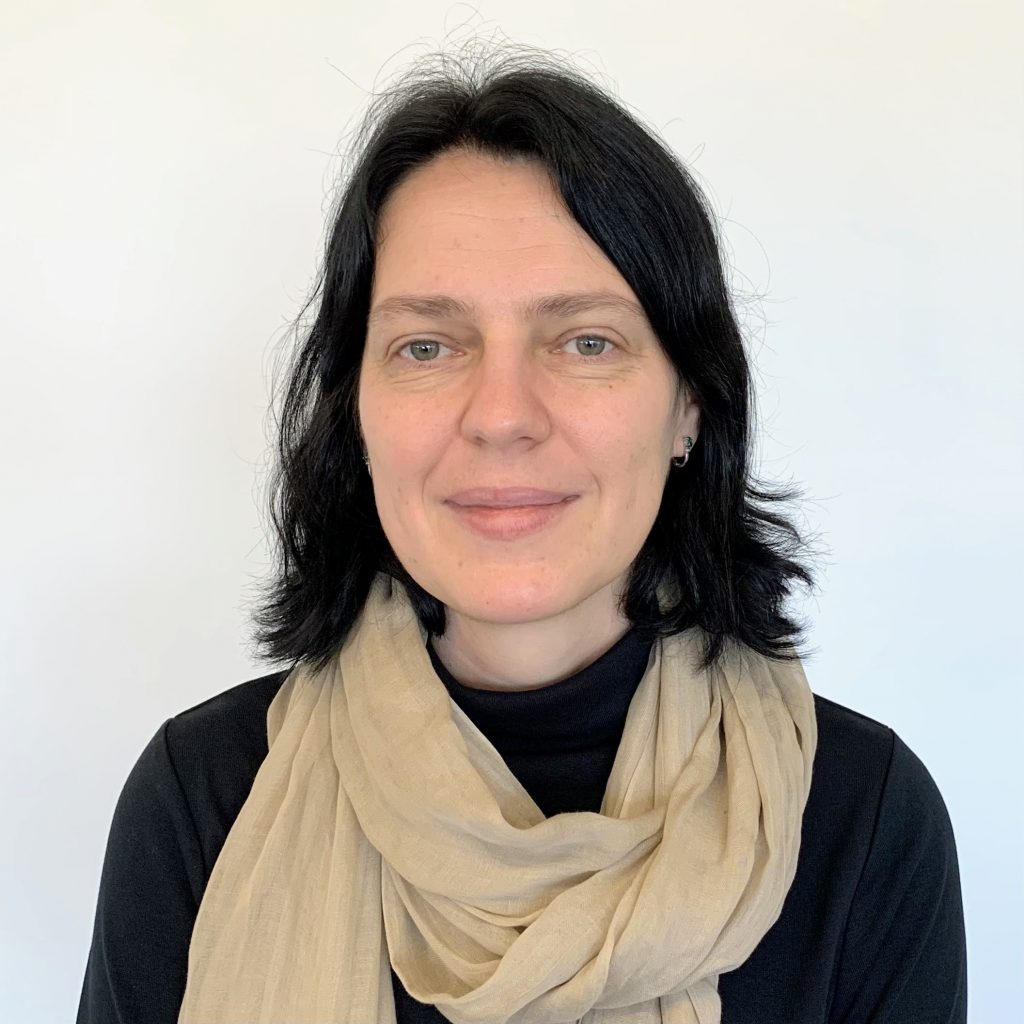
Dr Nataliya Zhukova
VPCC PhD Student
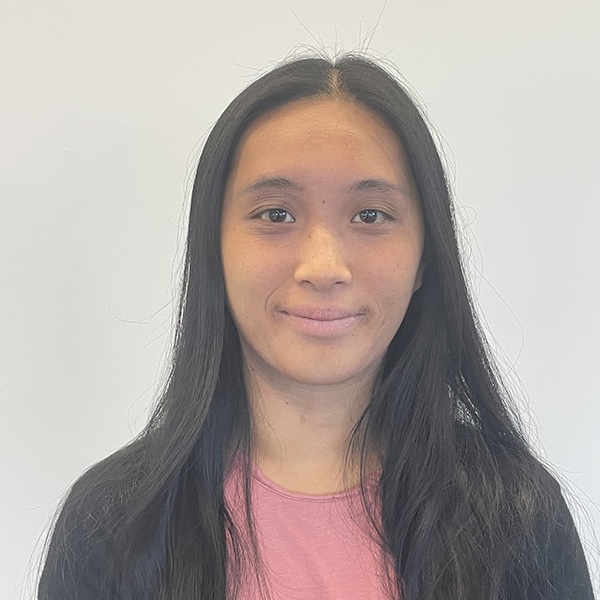
Grace Huang
PhD Student
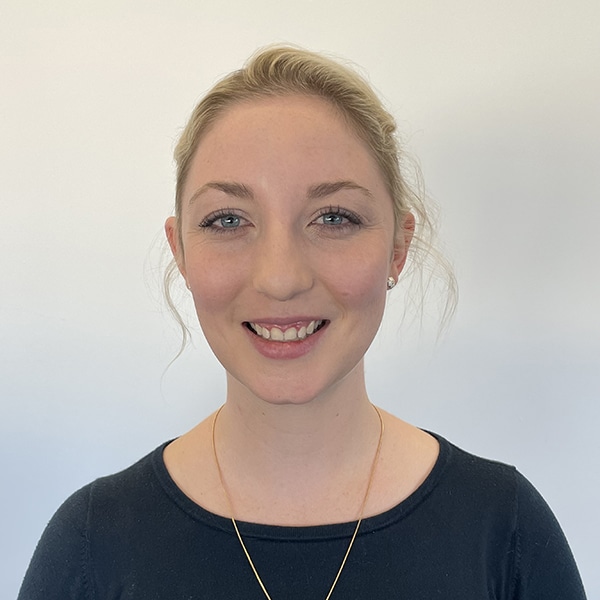
Dr Elise Young
PhD Student
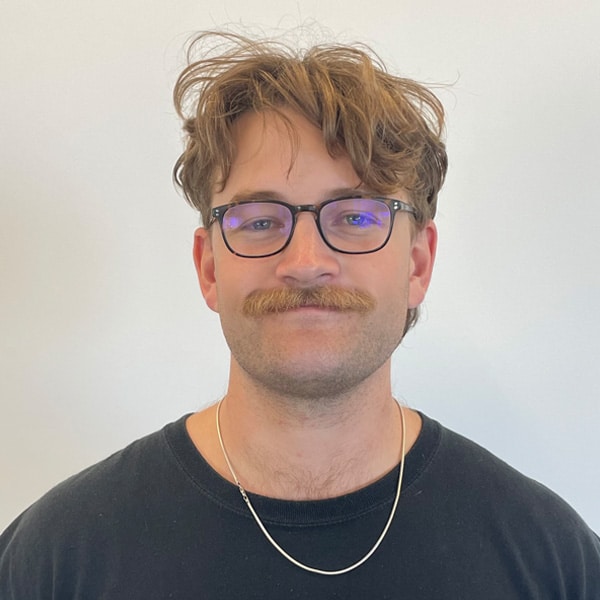
Barnaby Kelly
PhD Student

Dr Lakshmi (Priya) Sundaravel
Paediatric Fellow, RCH
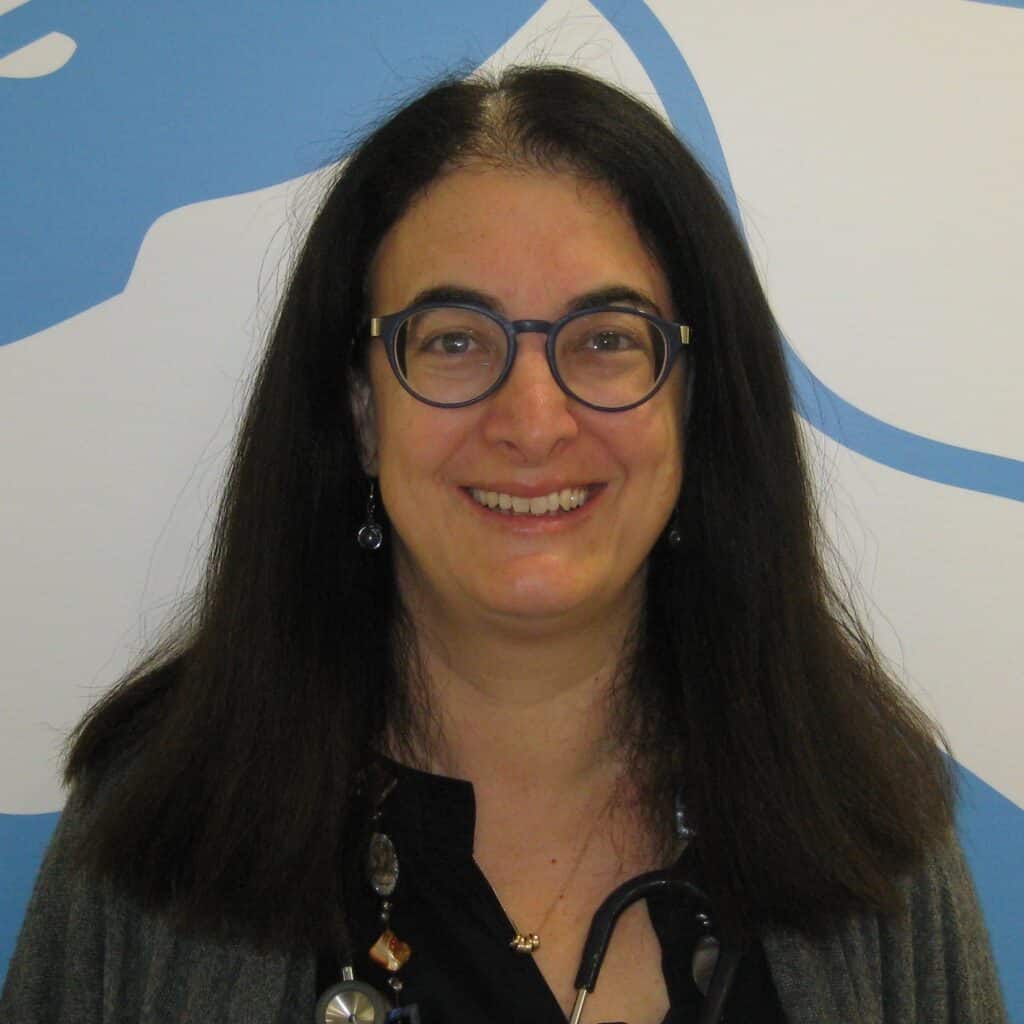
Dr Leanne Super
Paediatric Oncologist, RCH and MCH
Collaborators | Prof Michael Sullivan – The Royal Children’s Hospital, A/Prof Peter Downie – Monash Children’s Hospital, Prof Alejandro Sweet-Cordero – University of California San Francisco, Prof Carl Walkley – St. Vincent’s Research Institute, Dr Maya Kansara – Garvan Medical Research Institute, Prof Roger Redell – Children’s Medical Research Institute, Dr Emmy Fleuren – Children’s Cancer Institute, Prof Jayesh Desai – Peter MacCallum Cancer Centre, A/Prof Claudia Di Bella – St. Vincent’s Hospital Melbourne.
Learn more about the VPCC

